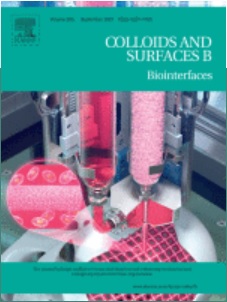Liposomes are phospholipid-based self-assembled nanoparticles. Various components can be solubilized in the lipid bilayer, encapsulated in the aqueous core or attached to the surface, making liposomes attractive platforms for multimodality functionalization. Here we describe theranostic liposomes delivering a magnetic resonance contrast agent (lipid derivative of gadopentetic acid) and a hydrophobic photosensitizer (zinc phthalocyanine, ZnPc) for photodynamic therapy of cancer. For the first time, this theranostic system was prepared by the microfluidic method. Analogous formulations were produced by thin lipid film hydration (TLH) with down-sizing performed by extrusion for comparison purposes. We demonstrated double the loading capacity of ZnPc into liposomes made by microfluidics compared to TLH/extrusion. Microfluidics resulted in the theranostic nanoliposomes characterized by sizes =2.5x smaller than vesicles prepared by TLH/extrusion. Increased relaxivity was observed for liposomes manufactured by microfluidics compared to TLH, despite a slightly lower Gd chelate recovery. We attributed the improved relaxation to the increased surface area/volume ratio of vesicles and decreased phosphatidylcholine/ZnPc molar ratio, which affected water molecules' diffusion through the liposomal membrane. Finally, we showed photodynamic efficacy of ZnPc loaded into theranostic liposomes in head and neck cancer model, resulting in IC50 of 0.22 – 0.61 μM, depending on the formulation and cell line used.
We demonstrate microfluidics' feasibility to be used for theranostic liposome manufacturing and co-entrapment of therapeutic and imaging components in a single-step process with a high yield.

